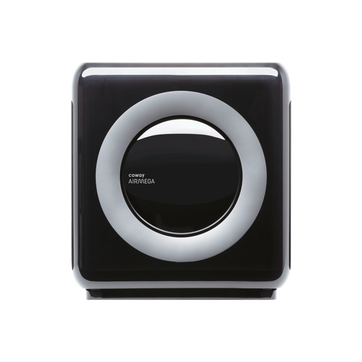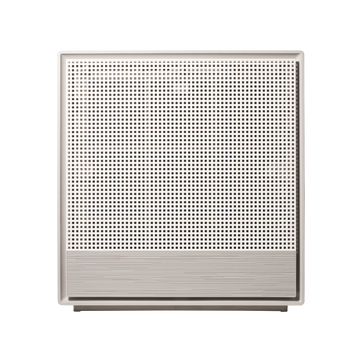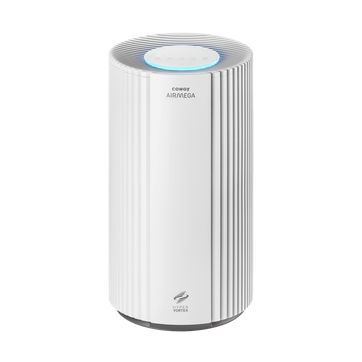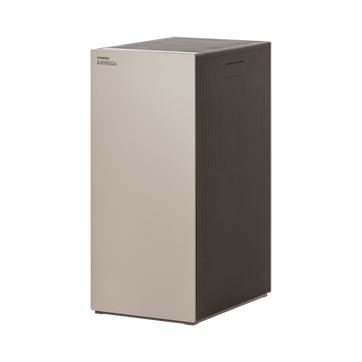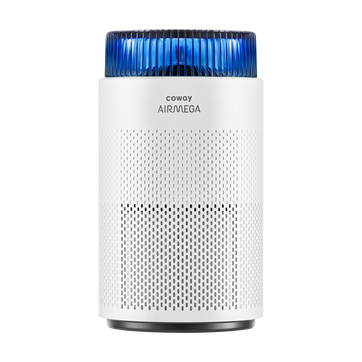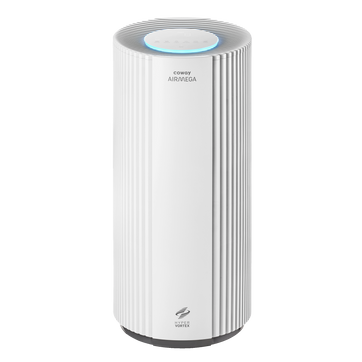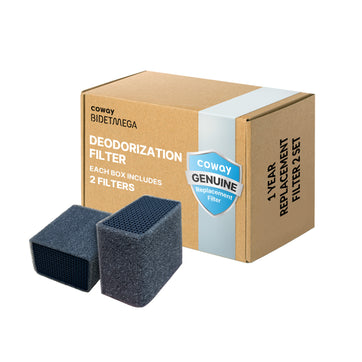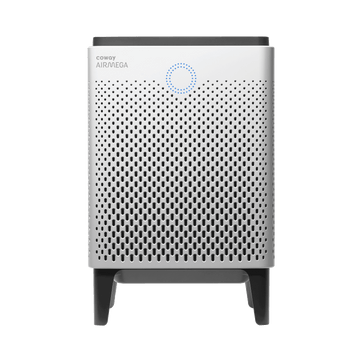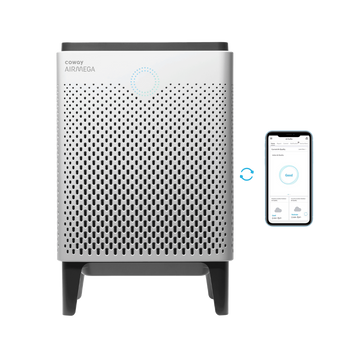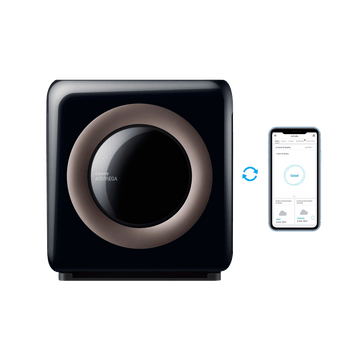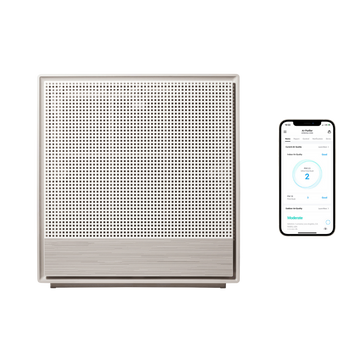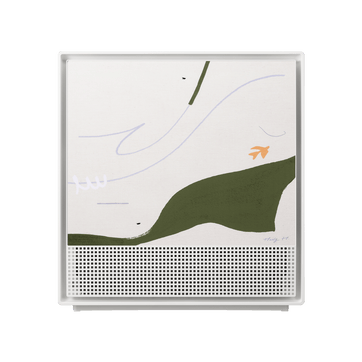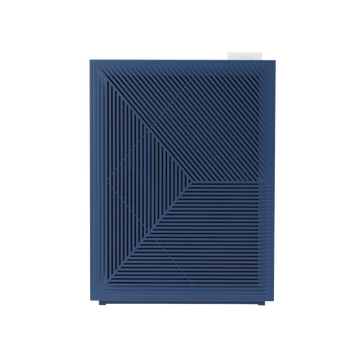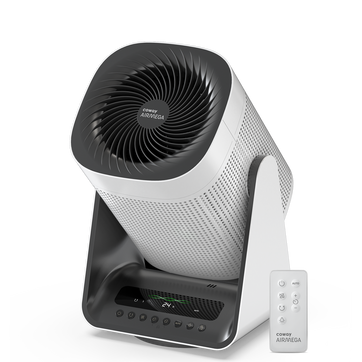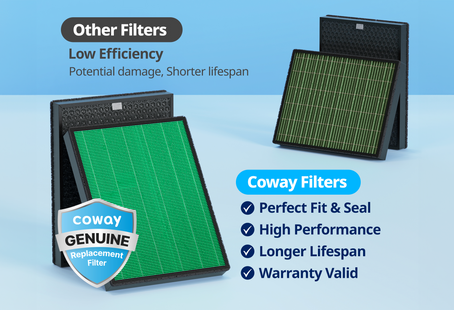
Have you read your consumer confidence report?
For most Americans, the words Consumer Confidence Report likely conjure questions about how people view the economy. But a quick Google search for Consumer Confidence Report (CCR) shows the top results pertain to the public drinking water supply. As described by the Environmental Protection Agency (EPA), the CCR is also known as the annual drinking water quality report.
Background
In August of 1998, the EPA initiated the Consumer Confidence Report Rule. It states that officials must supply an annual report regarding “source water, detected contaminates, compliance, and educational information” to consumers. The rule applies to the vast majority of Americans, as it includes community water systems (CWSs) of all sizes. (Although private wells are exempt.)
Accessibility
In areas with dense, non-English speaking populations, people must be given access to the yearly report in their native language. Additionally, officials in CWSs with over 100,000 residents are required to post the report online. For example, here’s the 2017 Consumer Confidence Report for New York City. (Every year, officials have to make a new report available by July 1st.) Consumers in rural areas can track down their CCR through the EPA’s database of local water officials.
Report Goals
The goal of the report is to help people understand the quality of the water coming into their homes. The CCR provides a standard list of potential contaminants and reports on the quantities found in the water source. It also details how the water rates stack up in relationship to the maximum contaminant level allowed for each substance.
Usability
Perhaps this report sounds too scientific? Fear not. The publication is intended to create transparency around our public water supply. Officials usually put the hard data into context through explaining the findings. And remember: knowledge is power. Everyone has the right to know what is in his or her water. If something doesn’t make sense to you in your CCR, call your local water officials. They are required to include their contact information in the report.
Thankfully the United States has one of the safest water supplies in the world. Yet, even with these high safety standards, sometimes tap water can take on an unpleasant odor from the water treatment process. By removing these odors, the Coway Aquamega 100 makes every glass of water taste that much better. It also reduces 99.9% of harmful contaminants like lead and mercury, providing peace of mind.
Disclaimers
1Coway air purifiers have been proven to trap dust, pollen, dander, viruses and bacteria in the air based on KCL (Korea Conformity Laboratories) testing.They have been tested in a 30㎥ size chamber according to the Korea Air Cleaning Association standard (SPS-KACA 002-132:2022 Modified) to measure the 0.01㎛ size of particle removal rate. It was tested on maximum airflow speed in normal room temperature and humidity conditions. The performance may vary in the actual living environment of customers.
→ Tested with Airmega Aim, 50, 100, 150, 160, Tower AP-1216L, Mighty AP-1512HH, MightyS AP-1512HHS, 200M, Icon, IconS, 230, 240, 250, 250 Art, 250S, 300, 300S, 350, 400, 400S, 450, ProX
299.97% of viruses, bacteria, fungi and pollen were verified to be removed from the air for Coway air purifiers which have Green True HEPA™ filter applied based on the Japan Food Research Laboratories(JFRL) testing according to JEM 1467 standard.
→ Tested with Coway Airmega Mighty AP-1512HH, MightyS AP-1512HHS, 250, 250 Art, 250S, 300, 300S, 400, 400S
→ All tested by JFRL and received above result within below time.
4The concentration of ammonia, acetaldehyde and acetic acid were proven to be removed within 30 minutes by FCG Research Institute, Inc. Human Life Science Lab. It is not a demonstration result in the actual use space. Not all odors and gases may be supported. → Tested with Coway Airmega 150, 160, Mighty AP-1512HH, MightyS AP-1512HHS, 400, 400S
5The coverage area of the air purifier is based on an area where the air cleaner can make two air changes per hour (ACPH). An air change per hour translates to how many times an air purifier can clean an area, assuming the height of a ceiling to be 8 ft, in one hour. Therefore ** means two air changes per hour means that the cleaner can clean the area once every 30 minutes and * means air changes per hour means that the air purifier can clean the area once every 60 minutes.
10Terms and conditions apply. Discounts, including promotions, coupons, bundle discount and subscription discount, cannot be stacked on top of other coupons. During promotional periods, discount codes will not be able to be applied to orders. Promo codes may apply to products only—filters, accessories, and new products within 3 months of the release date are not included.
11Based on Coway R&D internal laboratory testing, activated carbon filtration was shown to remove up to 95% of ammonia odors within 40 minutes, and up to 99% of fecal odors within 20 minutes. Actual performance may vary depending on usage conditions.

